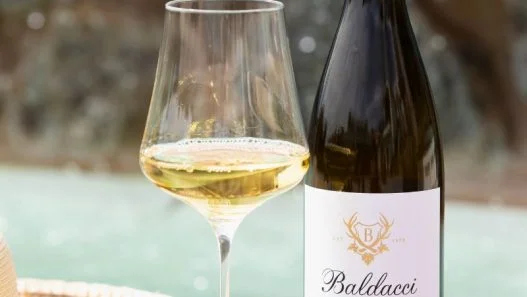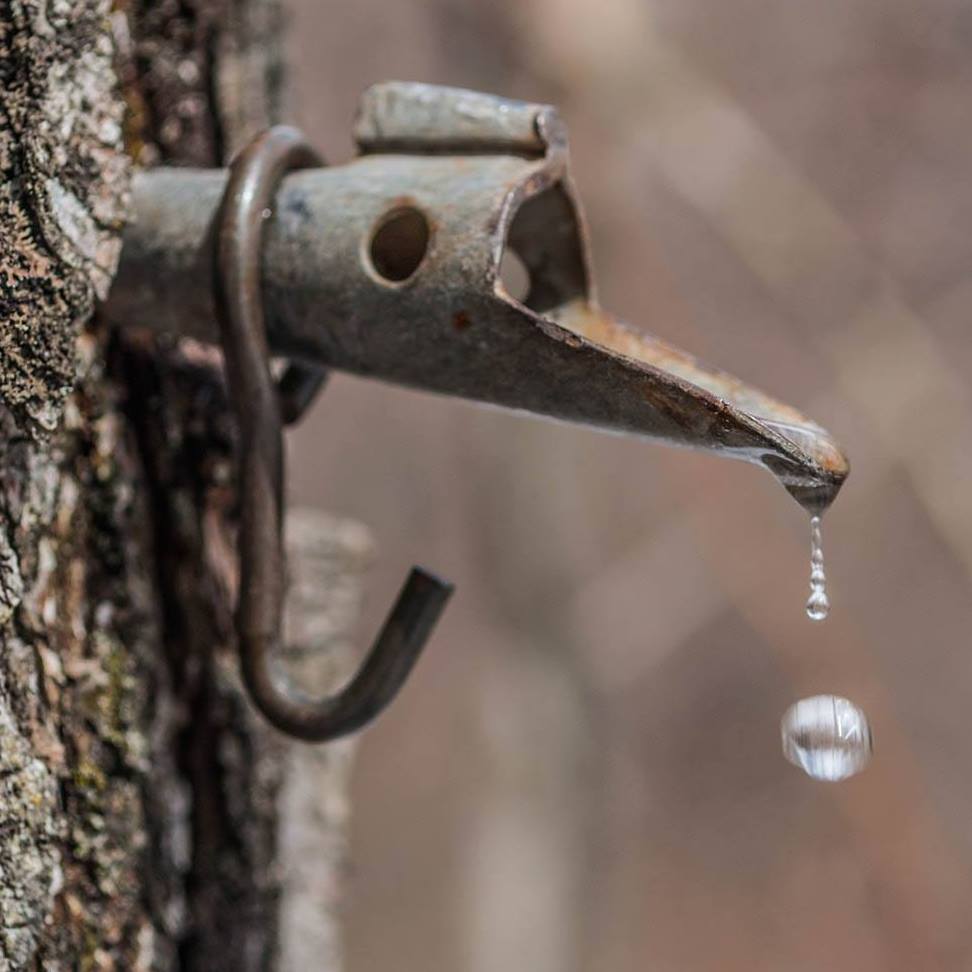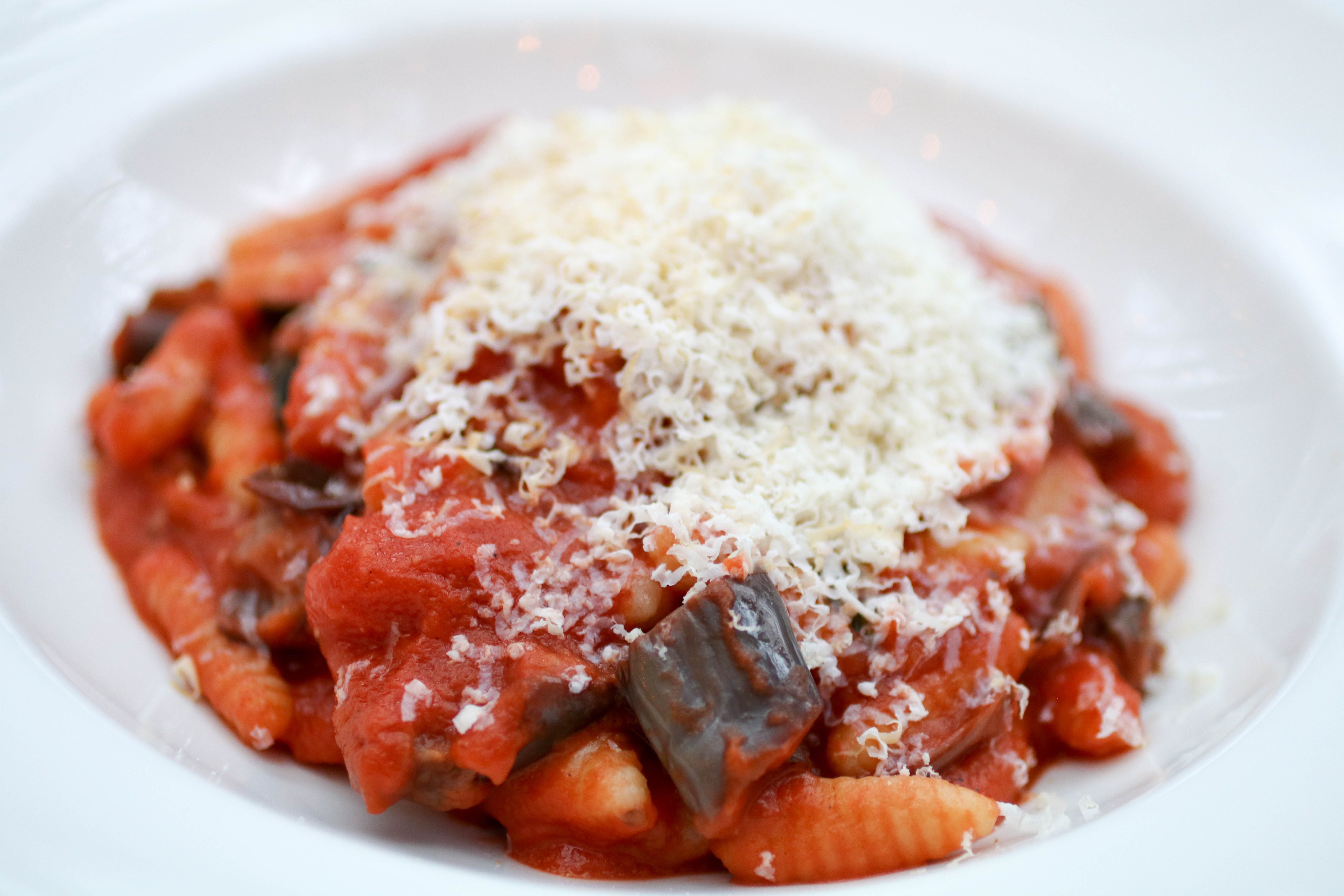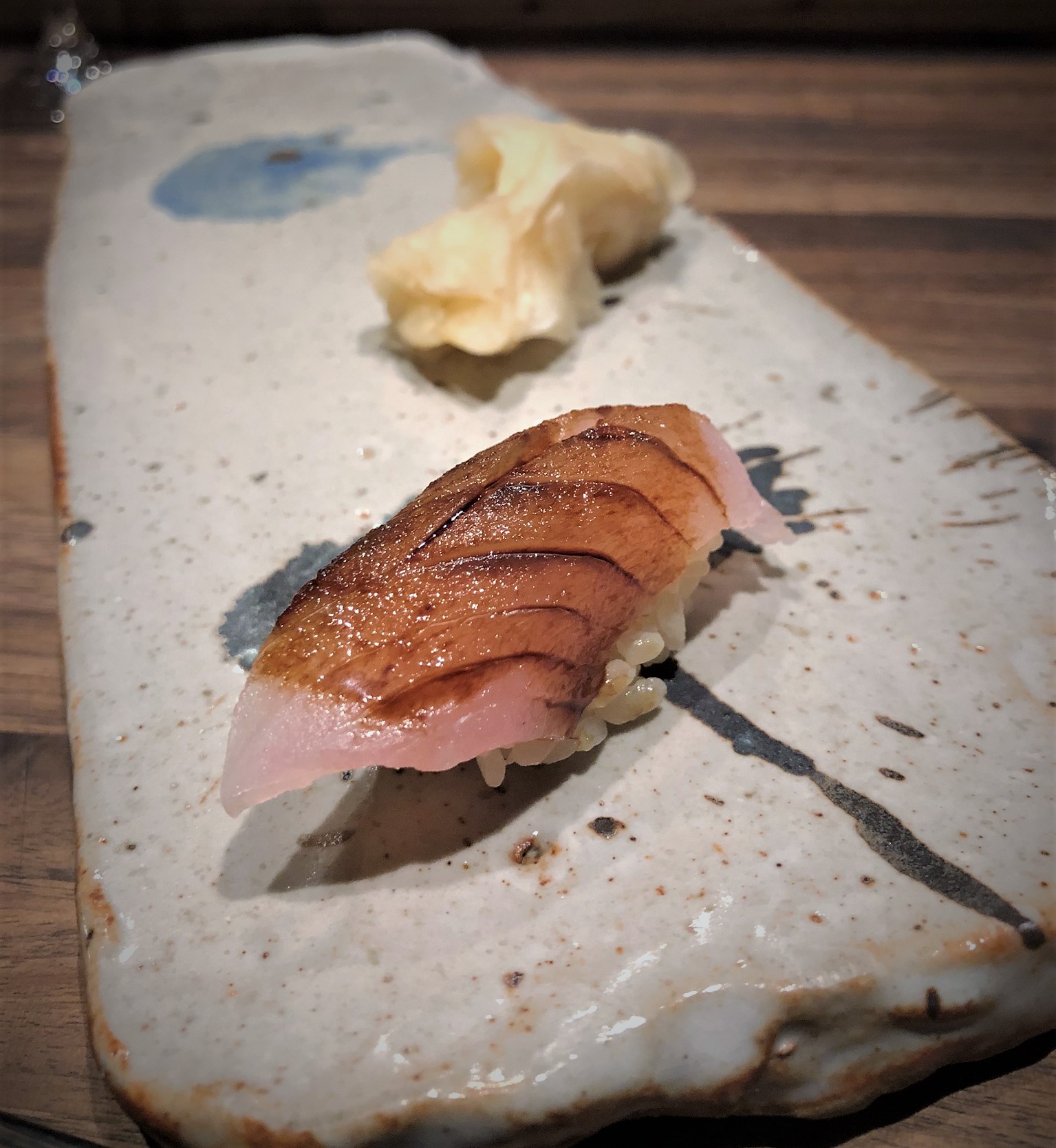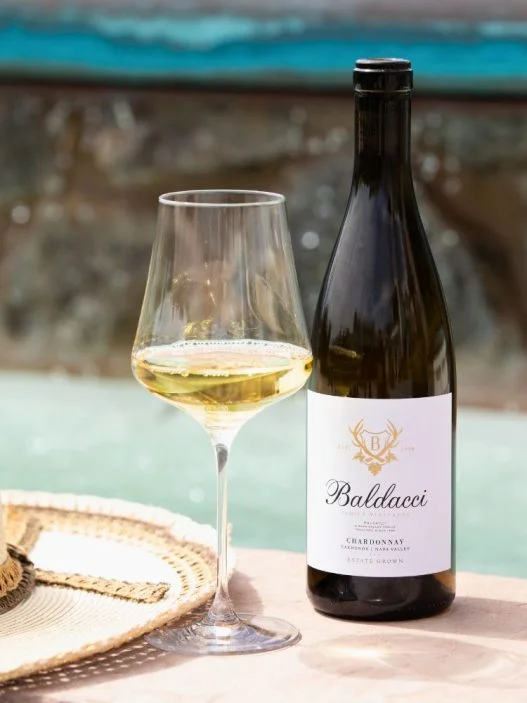Laura Lindekugel visits Family Farms in Delano, MN, and gets a look into the backbreaking work of creating artisan maple syrup.
My daughter Sophia and I visited Family Farms in Delano, Minnesota on a dun-gray day in early March. The roads that wind through the countryside west of the Twin Cities of St. Paul and Minneapolis are dotted with small, anonymous farms, with families tending modest fields of crops or keeping horses, chickens, or a handful cows, mostly for their own pleasure. In a time when eating seasonally has blurred from lost art to movement to near hackneyed, when restaurant menus have become almost silly in announcing the sources of their foodstuffs, and eating as we were meant to has become a badge of the pretentious, these are the people who inspire me most.
Ask them about the locavore movement and they’ll likely scratch their heads; they’re just eating off the land as the seasons turn, the way people in the country have been eating for generations, and without much fanfare. The cedar farmhouse and big red barn of the Hoen family, Deb and Dan, and their three children, Robert, Larissa, and Jake, is this kind of unassuming place. They butcher and eat about 250 chickens each year, bring their cows to be processed and share the meat amongst family, eat the eggs from the various birds on their farm, and put up jams and jellies from the orchard and gardens on the property.
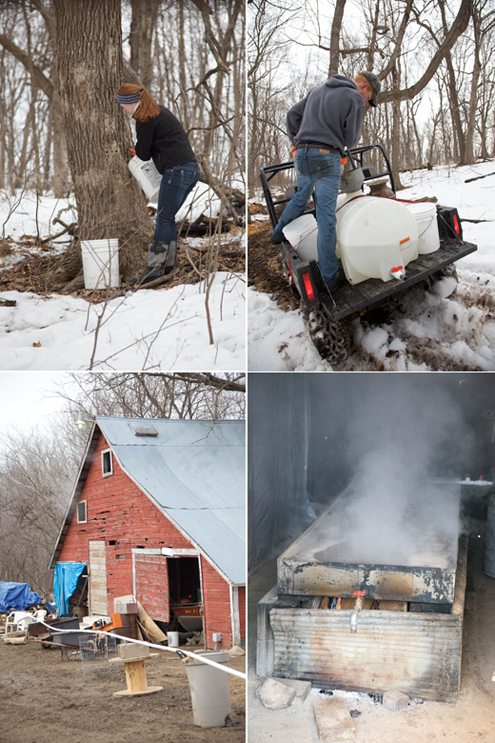
I first met Deb last summer at her little table at the Excelsior Farmers’ Market when I bought some of her syrup and fresh eggs. We talked about maple sugaring, and she invited me to stop out to her farm in Delano, Minnesota when the sap started running in the spring. There are boutique kitchen shops in the Twin Cities that charge more than fifty dollars a head for this kind of adventure, so I was delighted by her offer and her generosity.
As we arrived, the Hoen’s farmyard was astir with chickens and ducks and peacocks, cows just chased home, dogs, and family members gathering for the day’s work in the woods. We visited their small cow barn and the chicken and duck coop, where the Hoens also keep rabbits, and Sophia gathered the still-warm eggs into a pail. Then we walked to the sugar shack, where a 100-gallon pan of maple sap was on its way to becoming maple syrup. Dan passed a small common cup through the thick, sweet smoke of the room, to taste the sap, faintly sweet and still clear.
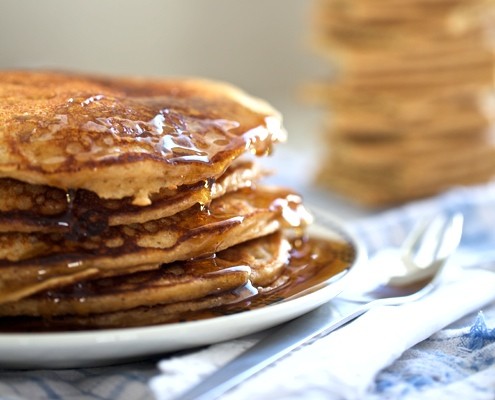
Syruping is a backbreaking endeavor. The Hoens begin by felling a tree deep in the snow-packed woods. It’s hauled out, cut into logs, and stacked in the sugar shack. Then they tap 150 maples, one family member drilling a hole into each of the trees, another cleaning sawdust from the holes with a twig, another to place the spigots, and another hanging five-gallon pails from the hooks on the trees. Every day at about 5:30 they gather to collect the sap; if it’s running fast, the pails can overflow and require collection twice a day. On the day we visited, Dan and Deb’s son Robert strapped the sap tank tightly to the back of the tractor, and we all piled on and headed across the road and into the woods. Through deep mud and snow and buckthorn, past deer tracks and lost turkey feathers, we carried pails, fanning out across the acres.
The Hoens call to one another to make sure all of the trees have been canvassed as they work, and make their way back, trip after trip, carrying pails full of sap to eldest son Robert, who mans the collection tank on the tractor. The pails are lifted up, high above heads, to be emptied into the tank; at 42 pounds apiece, it’s hard work. When all of the sap for the day has been gathered, it’s brought back to the farmyard, where it is transported from the tank though a set of makeshift pipes to another holding tank in the sugar shack, and then into the cooking pan. Dan keeps the fire burning, often around the clock, waking during the night to add more wood to the fire chamber, and a family friend tends the fire when the Hoens need to be away from the house.
It takes 40 gallons of sap to make a gallon of finished syrup. This year, the family have gathered 500 gallons of sap so far; two years ago they processed a whopping 1500 gallons, working together the five of them, with occasional help from other family members who live nearby. When all of the sap is boiled down, the Hoens strain it through specially made wool stockings and bottle it in their pine-lined garage, working together as a family. The kids have been making syrup since they could walk, Deb told me as we flipped through her syrupping scrapbook together. She hopes one day that they will look back fondly at the work.
I can’t imagine otherwise.




